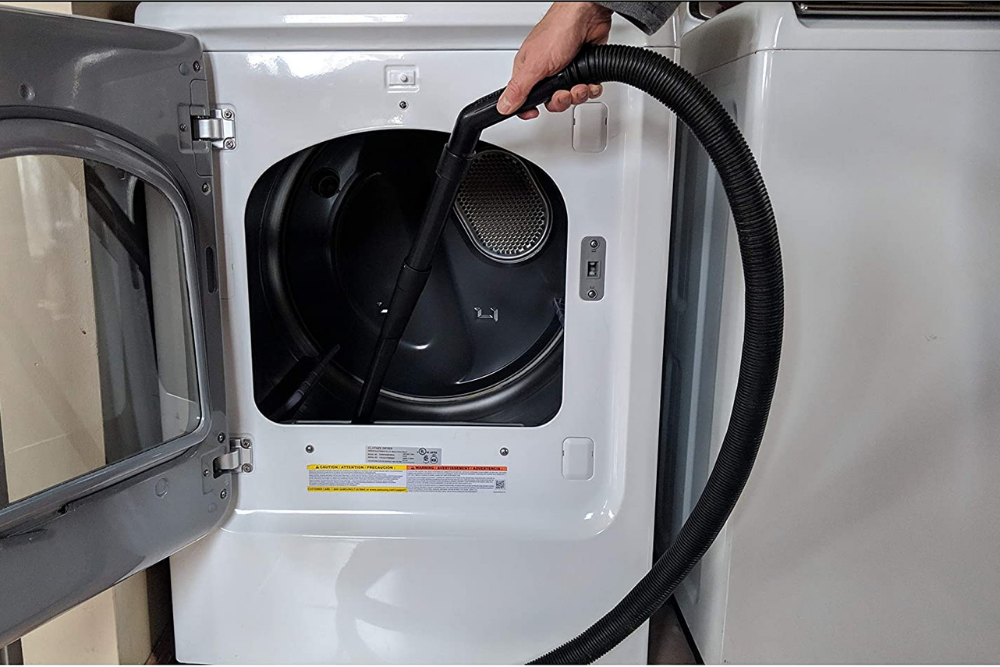New bio-enzymatic cleaners claim to break down built-up lint, dirt and grease in dryer vents more effectively than traditional methods. But do they live up to their promises? Here’s what you need to know about using these products as part of your dryer vent cleaning strategy.
How Bio-Enzymatic Cleaners Work
Bio-enzymatic cleaners contain live enzymes – proteins produced by living organisms – that act as catalysts to speed up chemical reactions. The enzymes in these are designed to break down organic debris like lint, grease, oils and skin cells that accumulate in dryer vents over time. When the cleaner is sprayed onto built-up residues in the vent, the enzymes work to liquefy the debris. This liquefied residue can then be easily vacuummed out or falls away naturally. As a result, the cleaners claim to remove hardened residues that traditional cleaners can struggle with.
Potential Benefits of Enzymatic Cleaners
If effective, bio-enzymatic cleaners could offer a more thorough approach to dryer vent cleaning compared to traditional methods. By breaking down accumulated organic matter that may only be physically disrupted by other ones, enzymes aim to remove debris that can clog vent airflow and impact dryer performance. Enzymatic cleaners also claim to eliminate mold, bacteria and bad odors that develop due to built-up residues. However, independent research is still limited regarding how well they perform compared to traditional cleaning methods. There also remains a lack of data on how long the effects of enzymatic cleaners last in dryer vents.
Role in Cleaning Routines
For now, bio-enzymatic cleaners are best used as an additive to – not replacement for – traditional vent cleanings. Regular physical removal of debris through vacuuming and brushing out a vent remains the gold standard of dryer vent maintenance. Spraying an enzymatic cleaner can potentially improve the thoroughness of a regular cleaning by helping to dissolve particularly stubborn residues that traditional cleaners cannot. But the added cost of bio-enzymatic products and lack of long-term data means they’re not completely essential. Consider using an enzymatic vent cleaner as part of your yearly professional dryer vent cleaning to see if the product provides noticeable benefits in dissolving residue that remains after traditional vacuuming and brushing methods.
In conclusion, though bio-enzymatic technology shows promise, more research is needed to determine how well these cleaners perform compared to standard methods and how long their effects last. For now, regular yearly vent cleanings using traditional vacuuming and brushing remain the most effective solution. Pairing these traditional methods with an enzymatic cleaner spray can potentially offer a more thorough clean but isn’t a requirement for a fully functional vent system.

